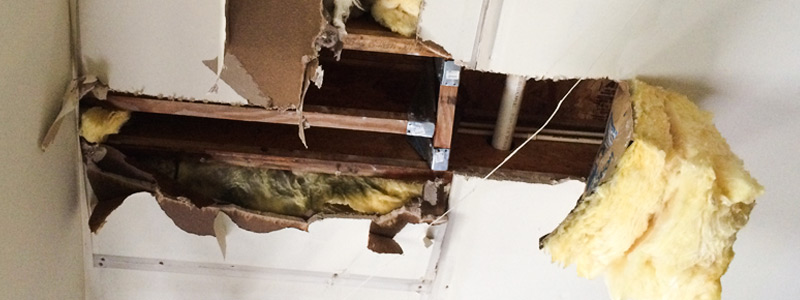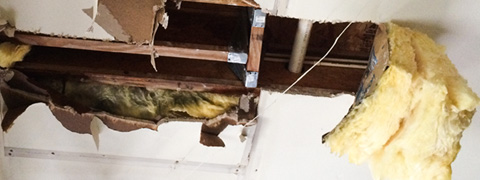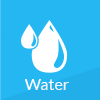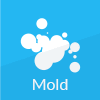




Step-by-step Guide for Water Damage Restoration in Baltimore, MD
Water is life, but when it invades your home, it can be dreadful and cause harm. Flood damage not only leads to loss of property, but it can also lead to allergies and respiratory disease.
When water breaks into your house, you must act fast to remedy the situation before the damage escalates. A study conducted on 31 European countries showed that approximately 33% of the homes had experienced water damage, were damp, and had mold.
In this guide, we will walk you through simple steps that you should take in case there is flood damage in Baltimore.
Step 1: Inspection
The first step in water damage restoration is to inspect the extent of damage in your property. Inspection is done by a professional who assesses, classifies, and categorizes the level of damage. This categorization is extremely useful in the entire process of water damage restoration.
Step 2: Removal of water
After doing the inspection, the next step is to remove the water caused by flood damage. Water removal is key to prevent the growth of molds and bacteria. The level of damage informs the choice of type of machines to use in removing the water damage. Sewage clean up is also critical in this step.
Step 3: Drying
Once we have cleared all the water, the process of drying begins. This step can take several weeks.
It is essential to vacuum and dehumidify the affected building. However, the different states in the US have a different rate of humidity. Therefore, as a resident of Baltimore, you should seek the advice of a professional water restoration expert in the Baltimore, MD area.
Step 4: Cleaning
Flood damage can leave your belongings dirty and full of germs. At this step, you should clean and sanitize the affected areas to prevent the growth of molds and bacteria.
Step 5: Restoration
Now, this is the most critical step. Here, you need to have a checklist of all the damaged items, so that you don't forget to restore. Restoration can be minor or major. Minor can include repairing drywall panels, and major may consist of rebuilding the house.
What materials are used?
Effective water damage restoration requires a variety of materials ranging from detergent to vacuum cleaners. Pumps, vacuum cleaners, air scrubbers, and dehumidifiers are vital in extracting standing water, and cleaning the air.
What supplies are necessary?
You should have a checklist of supplies that you need to clean and treat the affected area. For instance, an antimicrobial will prevent the spread of diseases.
What to wear when cleaning
Workers should wear personal protective equipment to protect themselves against exposure to hazardous material and harsh water treatment chemicals. They should have coverall, boots, and rubber gloves to protect them from contamination when cleaning the bathroom or handling sewage.
Final remarks
Baltimore, MD, is a great city. However, it has a lot of creeks, ponds, and channels that result in flood damage. However, this should not be a reason for you to relocate. With fast and reliable water damage restoration professionals in the area, you can have a mold-free and damp free house to enjoy.

Call























